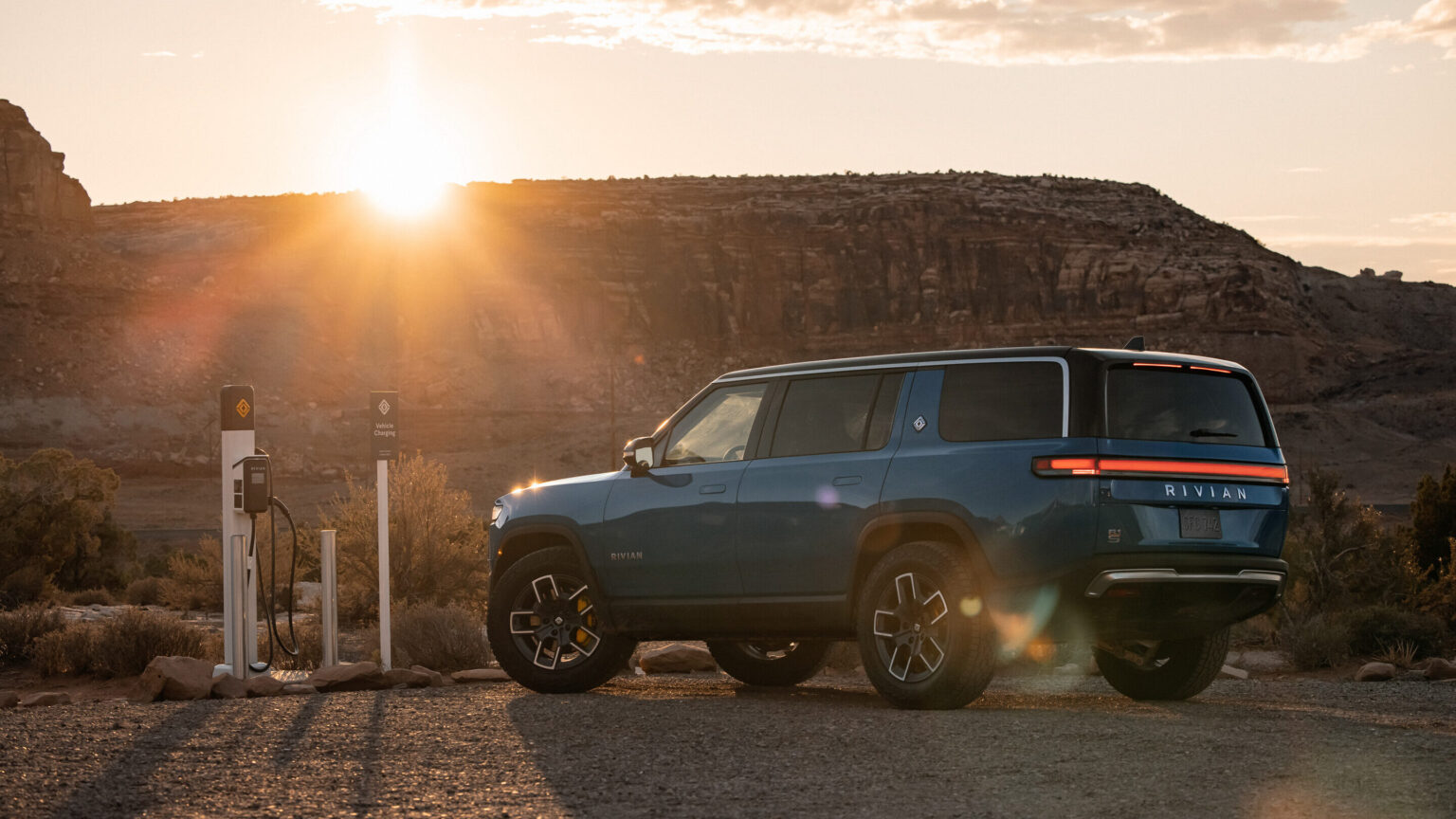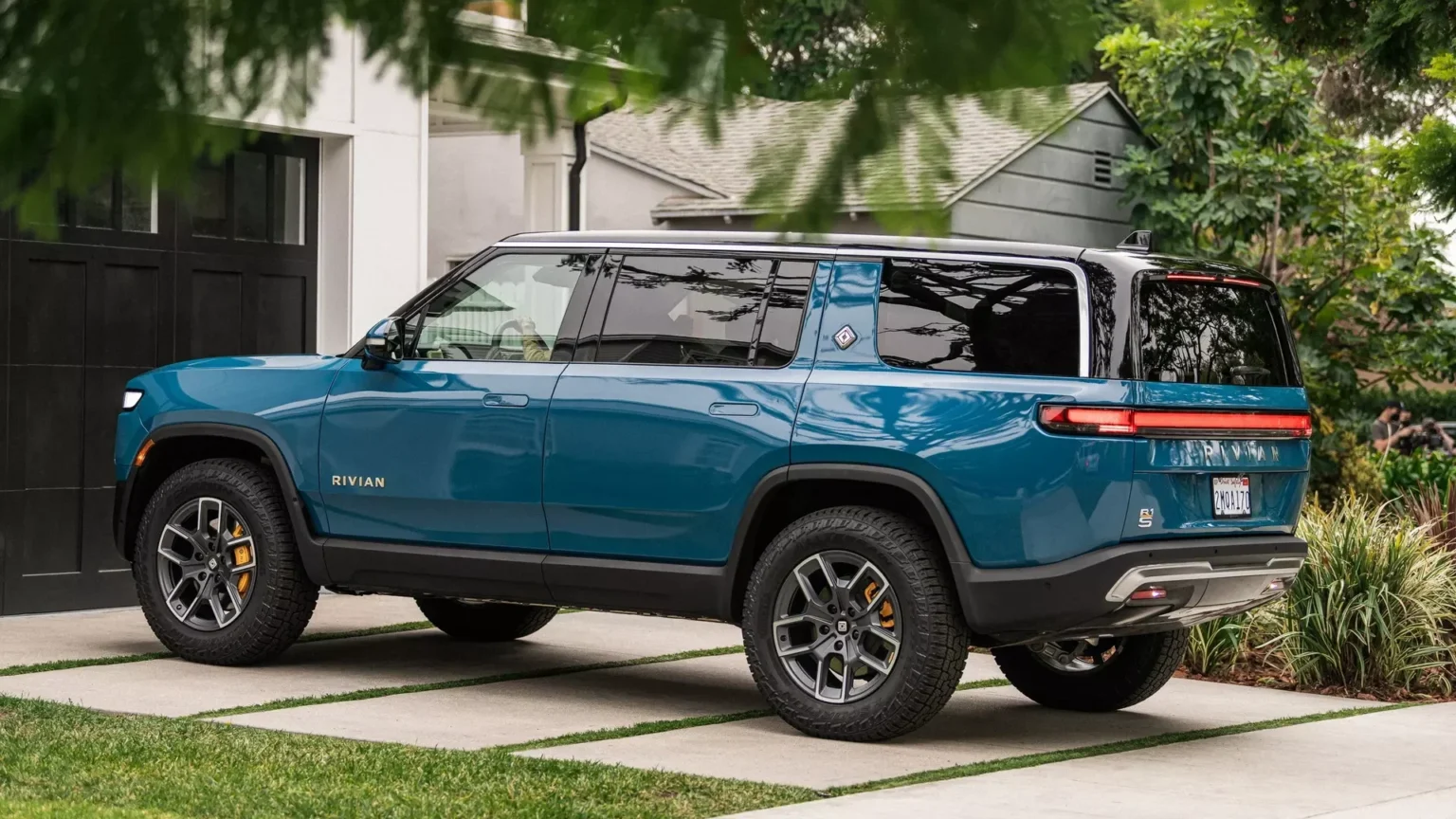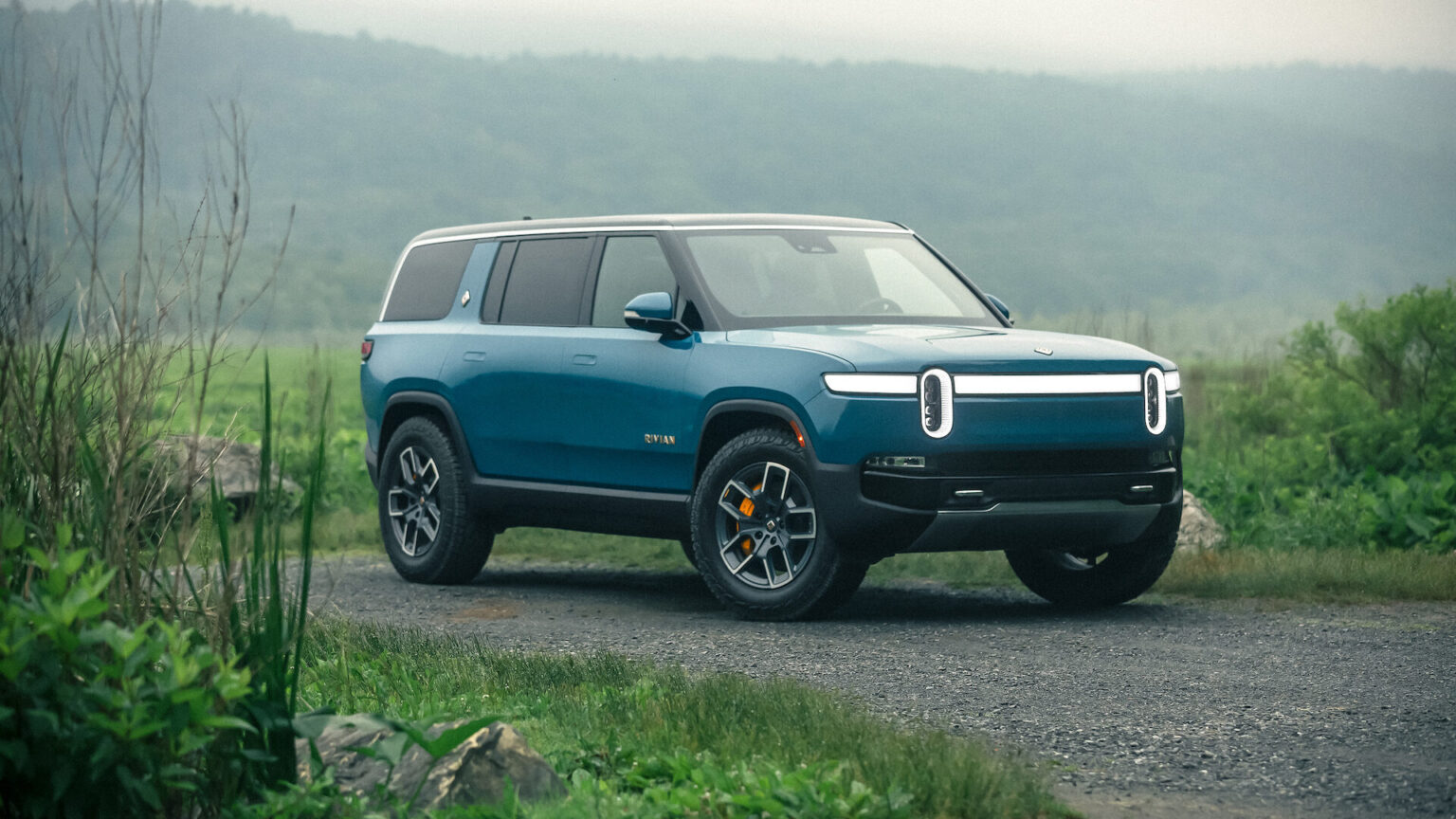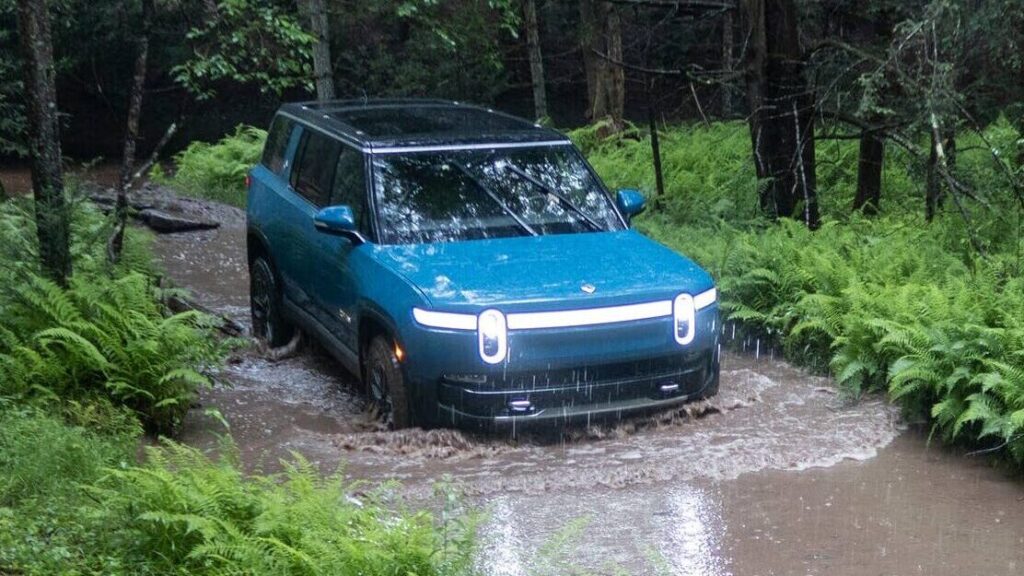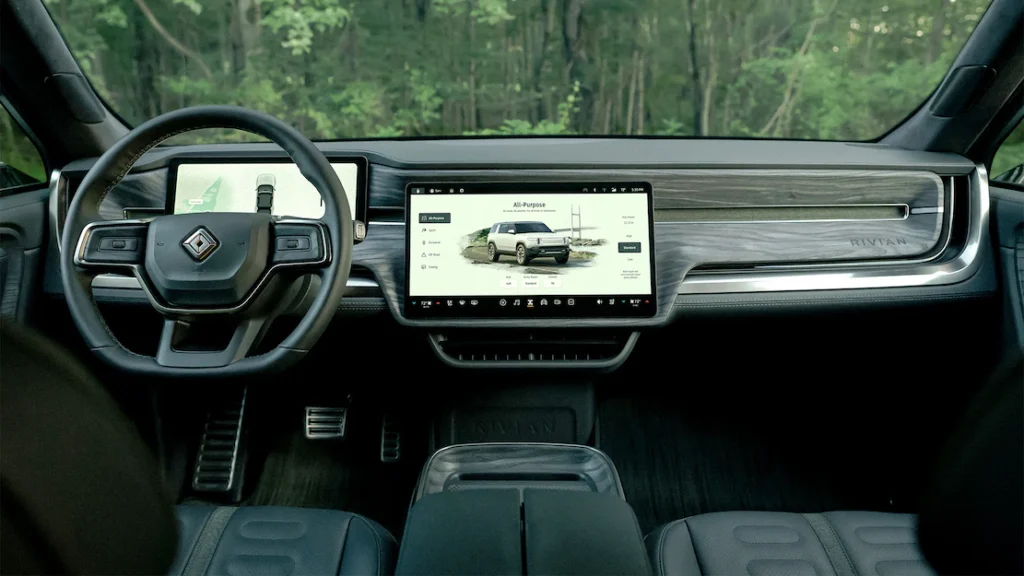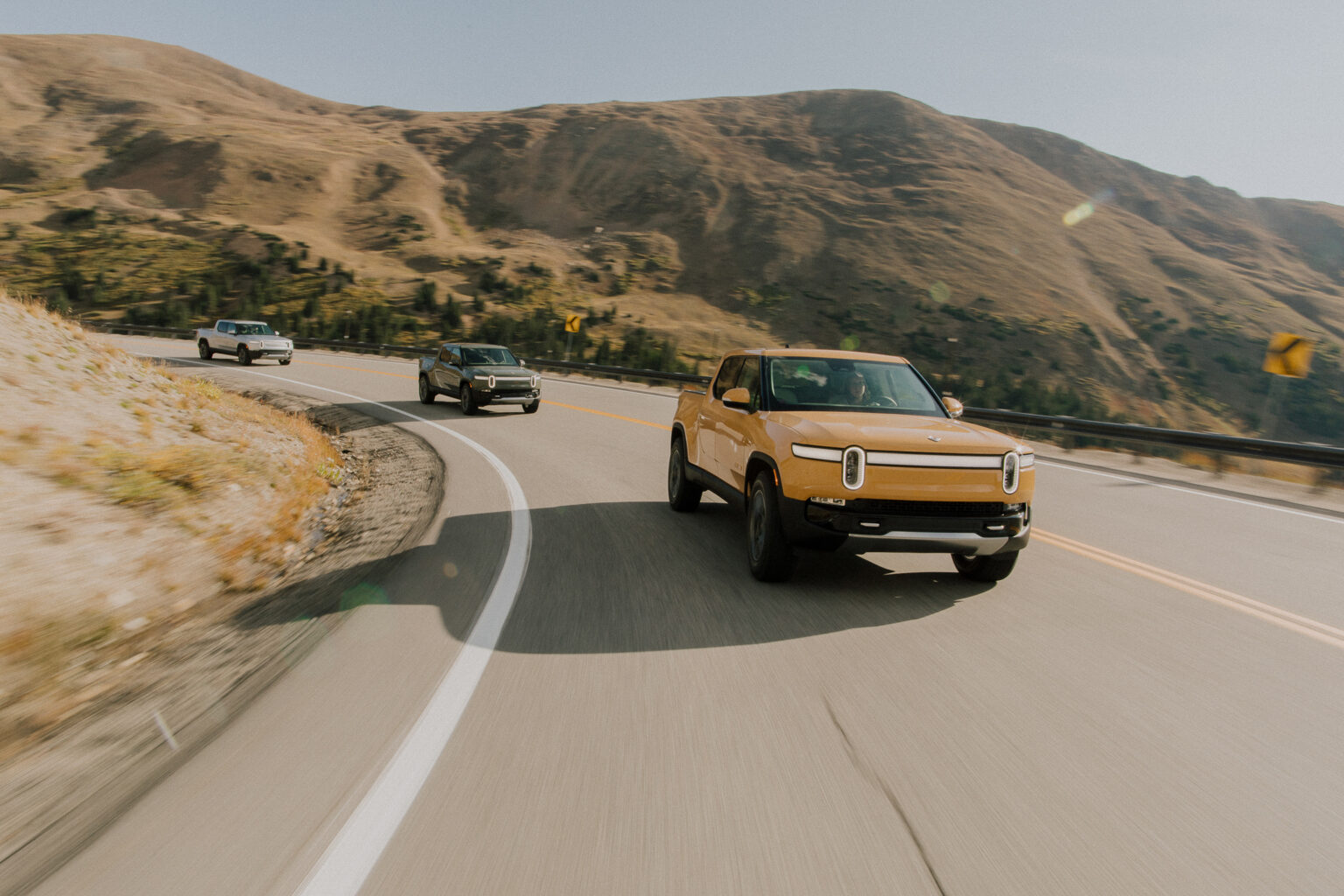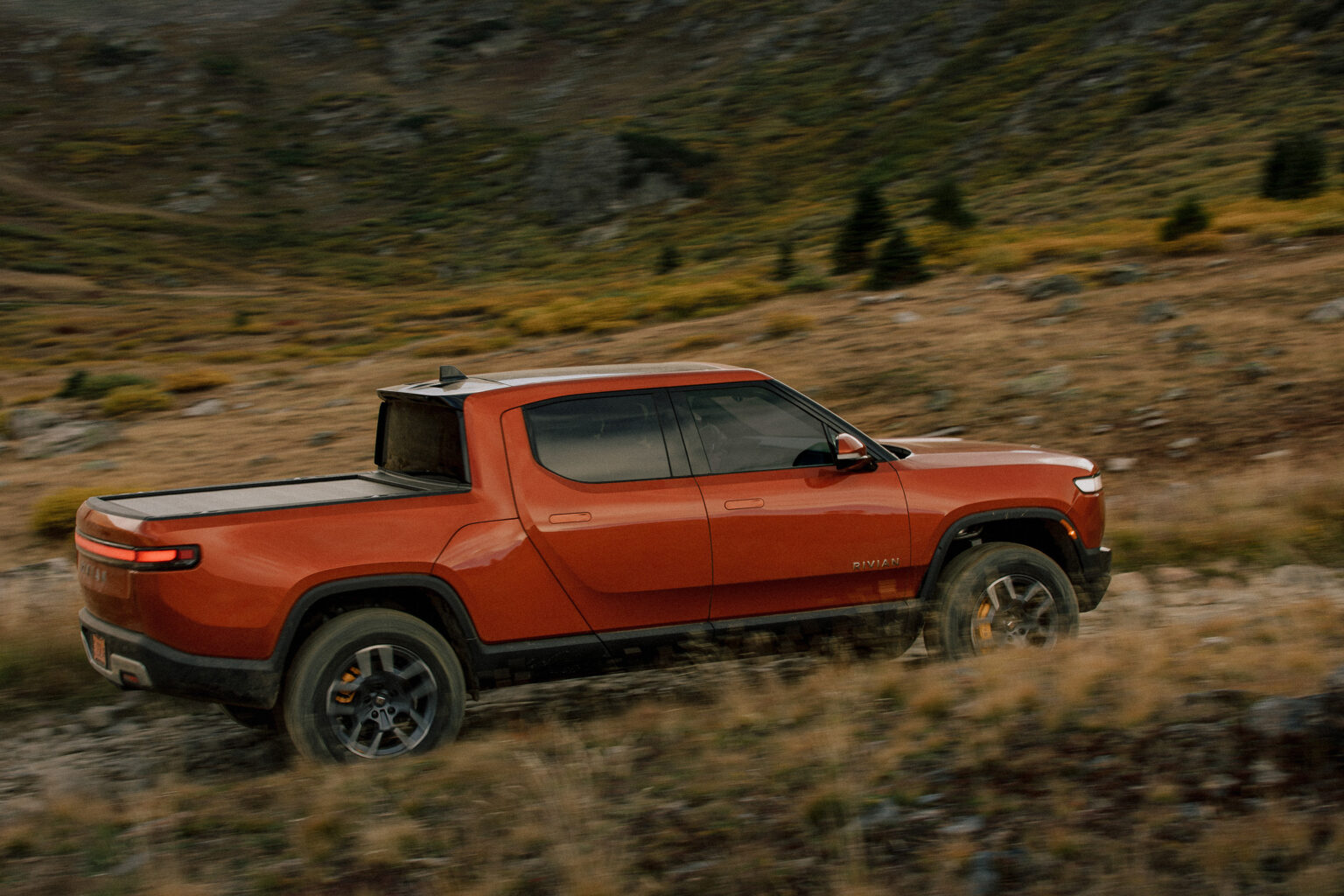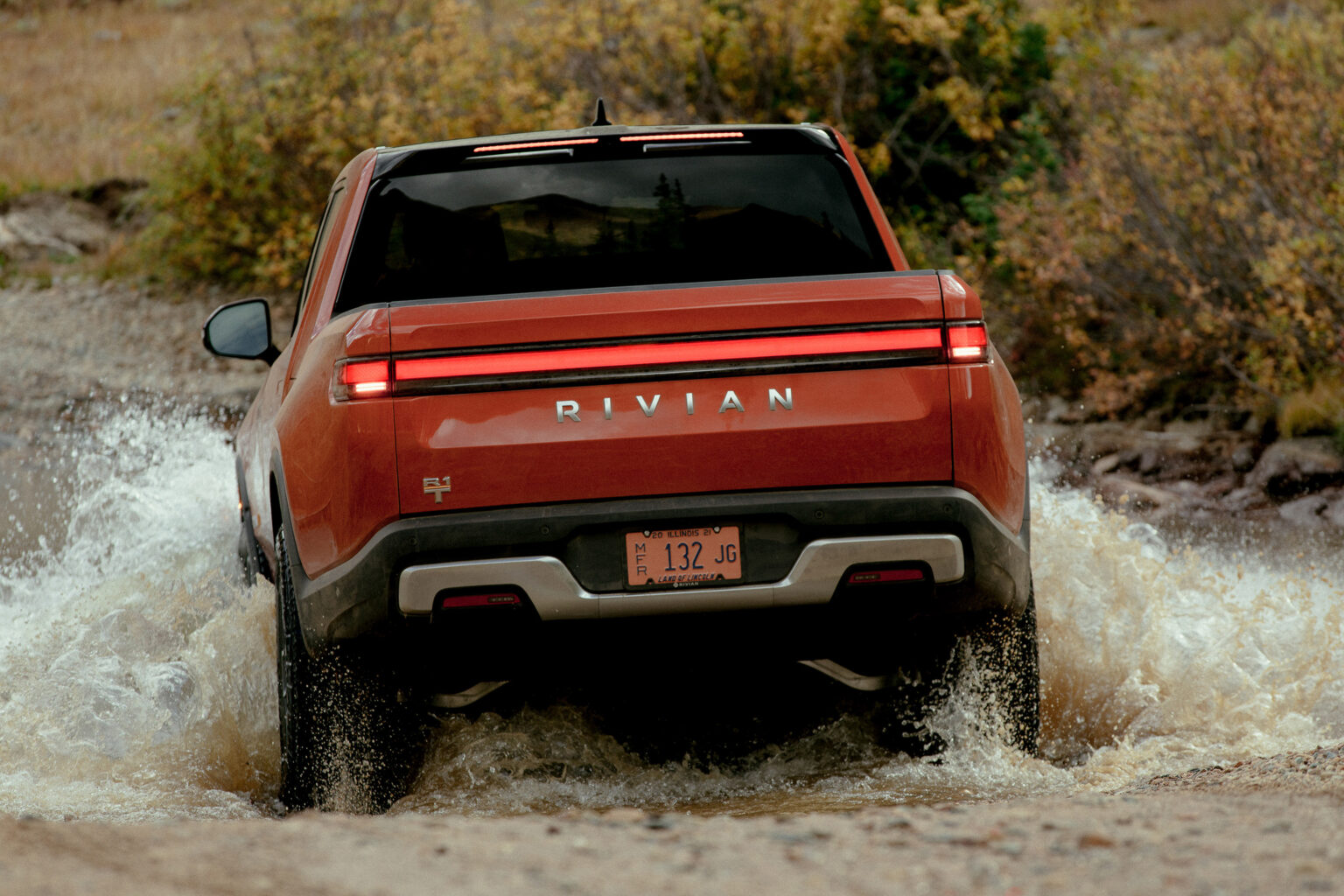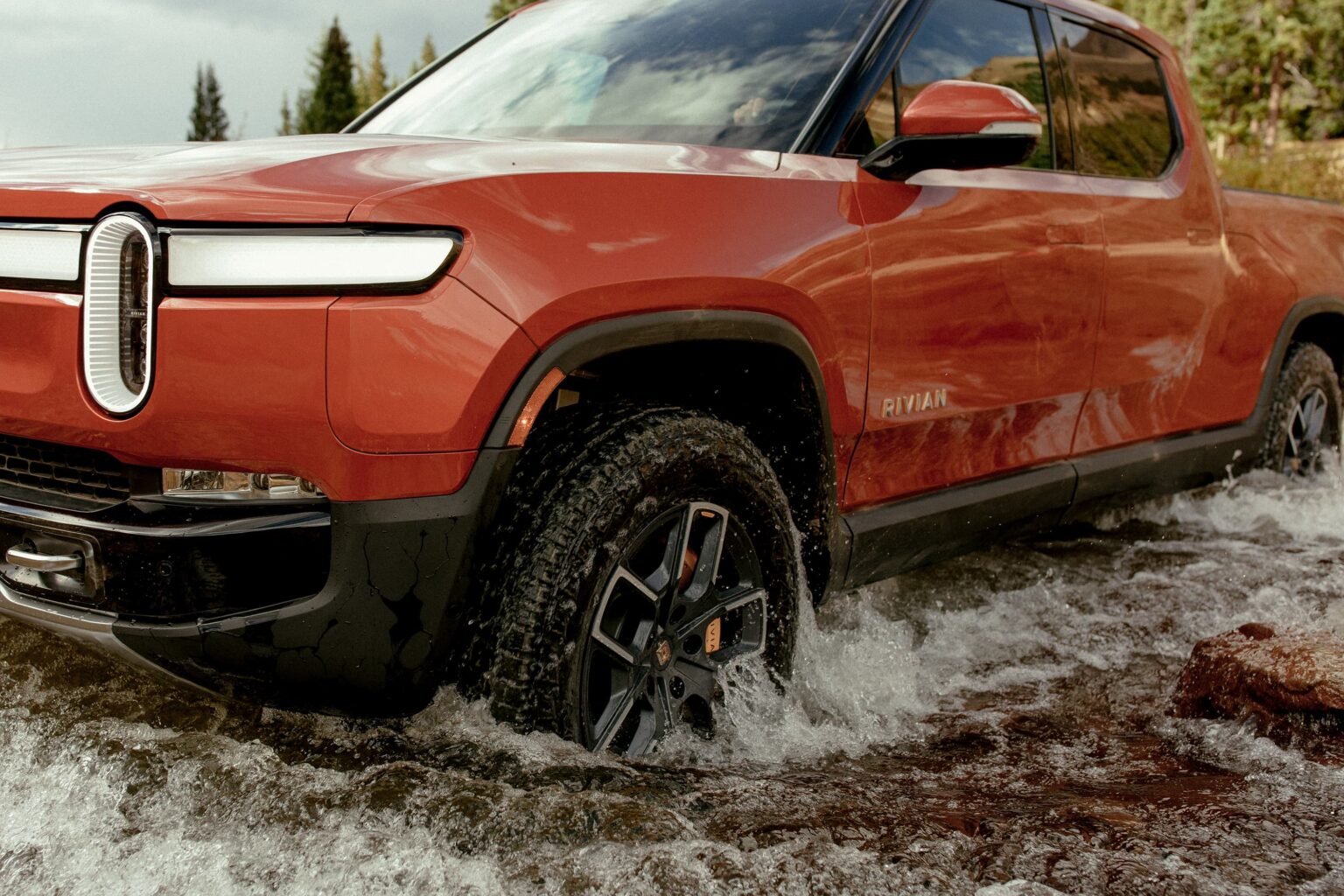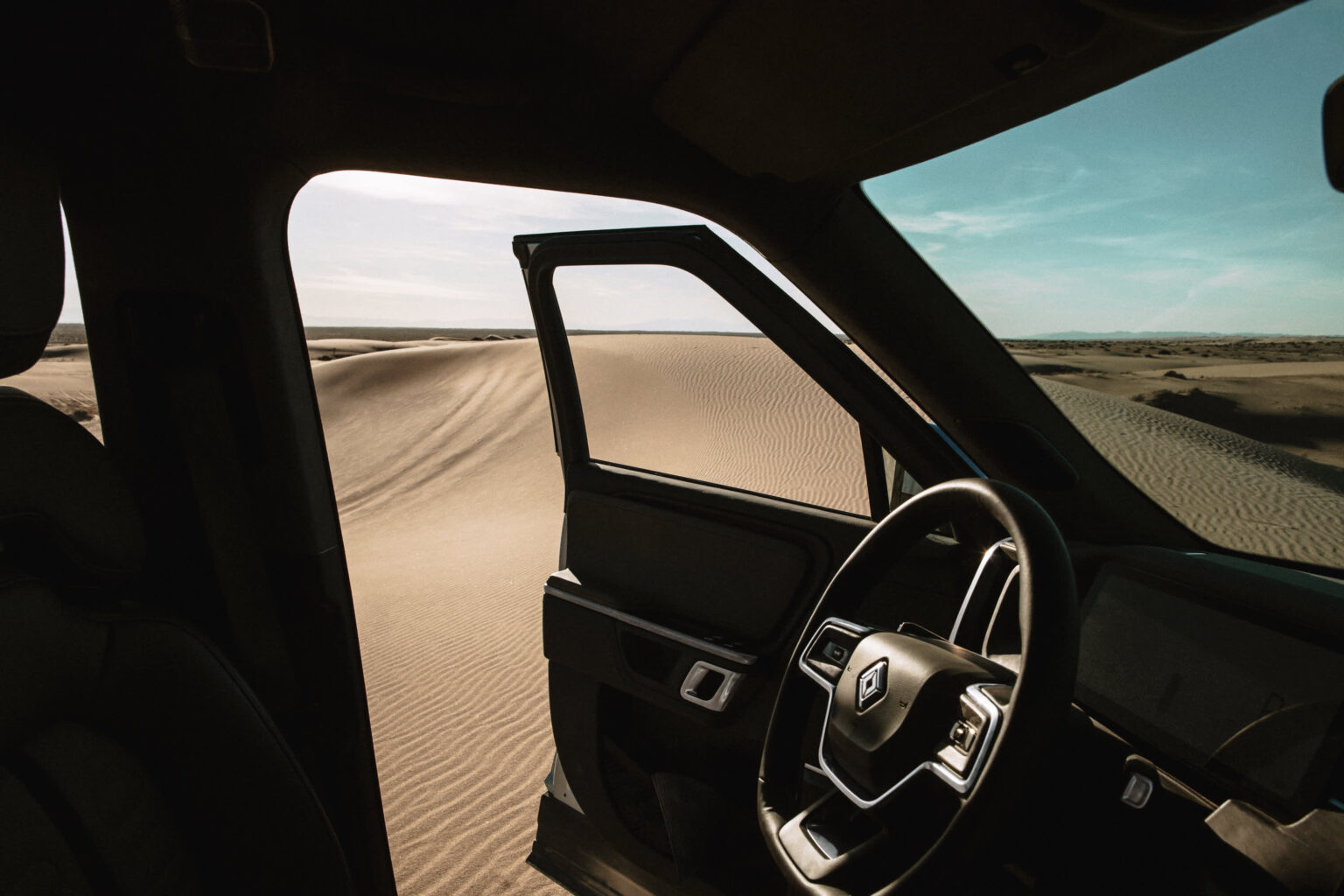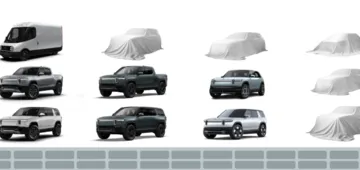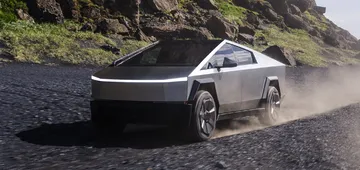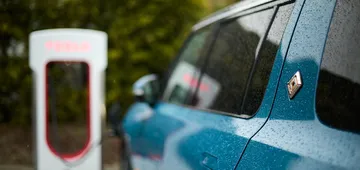Rivian Joins Ford and GM in Adopting Tesla’s NACS Connector
Tesla's North American Charging Standard (NACS) EV charging connector continues to gain traction as more automakers jump on board. Following in the footsteps of Ford and GM, electric vehicle (EV) start-up Rivian has now joined the list of companies adopting the NACS connector and gaining access to the Tesla Supercharger network.
Rivian has signed an agreement with Tesla to enhance its access to the Supercharger network, with the transition set to begin in the spring of next year. As part of this changeover, Rivian owners will be provided with adapters that enable them to use any chargers on the Tesla Supercharger network, rather than relying on specifically updated chargers for CCS (Combined Charging System) vehicles.
Starting in 2025, Rivian will incorporate the NACS connector into its new Rivian R1T and Rivian R1S vehicles, replacing the CCS connector. The company intends to continue utilizing the NACS connector for its future models, including the upcoming Rivian R2 series.
R.J. Scaringe, the CEO of Rivian, expressed his enthusiasm for the collaboration with Tesla, stating, "We're excited to work with Tesla and to see collaborations like this help advance the world toward carbon neutrality. The adoption of the North American Charging Standard will enable our existing and future customers to leverage Tesla's expansive Supercharger network while we continue to build out our Rivian Adventure Network. We look forward to continuing to find new ways to accelerate EV adoption."
Rivian currently operates a network of charging stations across the United States exclusively for its customers. With the switch to the NACS connector, it remains to be seen whether Rivian will maintain their exclusivity or open them up to receive government subsidies.
Ford and GM have already made similar announcements regarding their adoption of Tesla charging standards. Interestingly, the timelines for these announcements align closely: adapters and access to the Supercharger network will be available next year, followed by the integration of NACS connectors as standard equipment in 2025. It appears that these American automakers won't be the last to follow suit. Hyundai has expressed openness to adopting the NACS standard in the United States, although it aims to find a way to enable faster charging for its higher-voltage vehicles. This is a point of interest for other automakers with 800-volt architectures, such as Porsche.
The increasing use of the NACS connector by leading car manufacturers shows that the industry acknowledges the significance of collaboration and standardization in the advancement of electric vehicle charging infrastructure. This progress will undoubtedly promote the wider acceptance of electric vehicles and expedite the shift towards a sustainable, carbon-neutral future. Furthermore, Tesla has already increased the cost of its NACS wall connector, indicating its proactive approach towards meeting the anticipated demand for this product.
